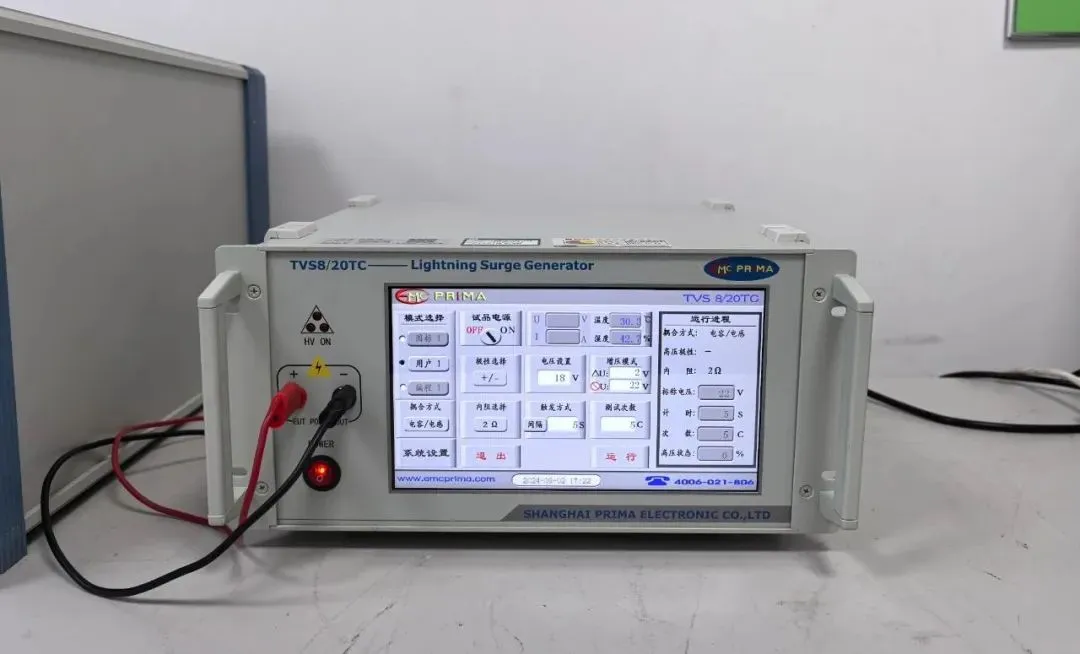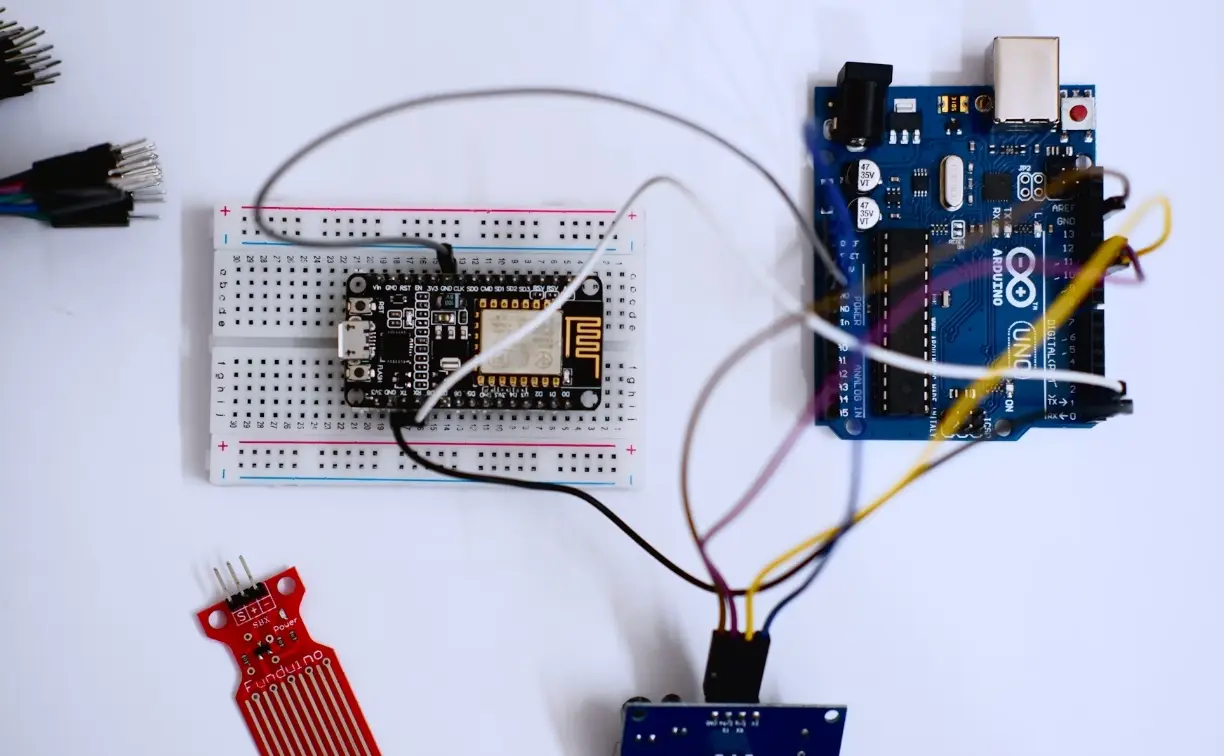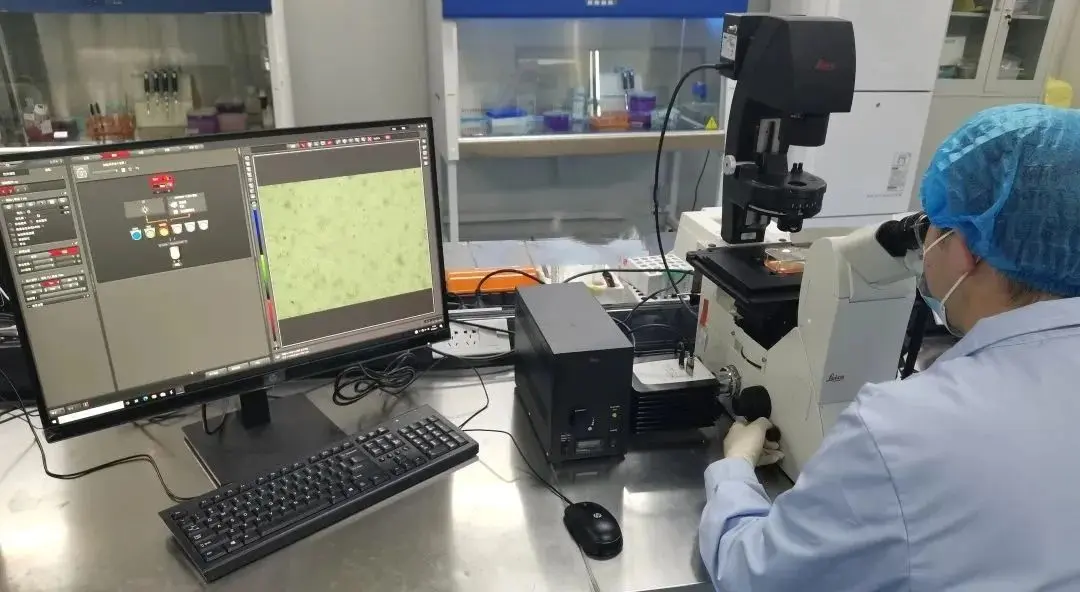
Electronic Products EMC ESD Test
What are EMC Test and ESD Test?
EMC Test
① FULl name: Electromagnetic Compatibility Test.
② Purpose: To verify whether electronic products can work normally without generating unacceptable electromagnetic interference in a common electromagnetic environment.
Two Core Aspects:
① EMI (Electromagnetic Interference): Will your device interfere with others?
② EMS (Electromagnetic Susceptibility): Can your device resist interference from others?

ESD Test
① It is the most common and important item in EMS testing.
② Full name: Electrostatic Discharge Susceptibility Test.
③ Purpose: To simulate electrostatic discharge generated when humans or objects come into contact with equipment, and verify the equipment's tolerance to such transient high-voltage shocks.
Detailed Explanation of ESD Test
Sources of Static Electricity
In daily life, the human body can easily carry static electricity of several thousand volts due to friction and other reasons. When you touch electronic equipment, this static electricity is discharged instantly, producing a high-voltage, high-current, short-duration pulse that can easily damage sensitive electronic components or cause equipment to crash or reset.
Test Standards
· International Standard: IEC 61000-4-2
Test Principle and Process
Test Waveform
The standard strictly specifies the waveform of the discharge current. It requires REACHing a high current peak in an extremely short time (nanosecond level). For example, in contact discharge at 8kV, the current peak must reach 30A.
Discharge Methods
① Contact Discharge: Directly touch the discharge gun head of the generator to the equipment's metal case or coupling plate for discharge. This is the preferRED and primary test method.
② Air Discharge: Gradually approach the discharge gun head to the equipment's gaps and insulating surfaces (such as plastic holes, key gaps) until discharge occurs. This simulates the phenomenon of static electricity breakdown through air sparks.
Test Levels
Different test voltage levels are selected based on the product's operating environment and requirements:
Level | Contact Discharge | Air Discharge | Application Scenario |
Level 1 | 2kV | 2kV | Controlled environment |
Level 2 | 4kV | 4kV | General indoor environment |
Level 3 | 6kV | 8kV | Typical industrial environment |
Level 4 | 8kV | 15kV | Severe industrial environment |
X | Customized | Customized | Special requirements (e.g., higher requirements for automotive electronics) |
Test Point Selection
Test all parts of the equipment that may be touched by operators, including:
① Metal casings and screws
② Buttons and switches
③ Indicators and gaps
④ Metal casings of interfaces (e.g., USB, HDMI)
⑤ Screens
Test Result Criteria
After the test, the equipment's performance is classified into the following levels:
① Criterion A: The equipment performs normally during and after the test, with no abnormalities.
② Criterion B: The equipment's performance temporarily degrades or functions are lost during the test, but it can automatically recover to normal.
③ Criterion C: The equipment's performance degrades or functions are lost during the test, and manual intervention (e.g., restart, reset) is required to recover.
④ Criterion D: The equipment is damaged by the test, and functions cannot be recovered.
⑤ Typically, commercial products are required to meet Criterion A or B to pass the test.
Why is ESD Test So Important?
① Direct Damage: The high voltage of static electricity may directly breakdown the pins of ICs, causing permanent physical damage.
② Soft Failures: More commonly, it leads to "soft" failures such as program crashes, system restarts, data errors, and screen flickers, affecting user experience and product reliability.
③ Safety Implications: For equipment in medical, automotive, aerospace, and other fields, electrostatic interference may lead to catastrophic consequences.
④ Market Access: It is a mandatory requirement in most countries and regions (e.g., EU CE certification, China ccc certification).
ESD Protection Measures in Product Design
To pass the ESD test, engineers must consider protection during the product design phase:
1. Structural Design
① Ensure the metal casing has a good grounding path.
② Add conductive foam and metal shrapnel at gaps to prevent static electricity from entering the interior.
③ For plastic casings, spray conductive paint or attach conductive foil inside and provide good grounding.
2. PCB Design
(1) Complete ground plane: This is the most important measure.
(2) Isolation and shielding: Use shields for sensitive circuits.
(3) Protection components:
① TVS diodes: Connected in parallel at interfaces (USB, HDMI, network ports) and data lines to discharge large currents.
② ESD suppressors: Specialized devices for ESD protection with extremely fast response speed.
③ Beads/resistors: Connected in series on signal lines to limit current and filter.
④ Decoupling capacitors: Placed near the power pins of ICs to provide local energy.
(4) Reasonable layout: Keep sensitive circuits away from areas that may be discharged.
JJR Lab in China provides IEC 61000-4-2 EMC ESD testing services for electronic products. Welcome to consult—we can help you save 40% of costs.
Email:hello@jjrlab.com
Write your message here and send it to us
 METI and PSE Certification for Japanese Electrical
METI and PSE Certification for Japanese Electrical
 Electric Frying Pan CE Certificatio
Electric Frying Pan CE Certificatio
 Electronic Products EMC ESD Test
Electronic Products EMC ESD Test
 Bluetooth/WiFi Product FCC ID Certification Proces
Bluetooth/WiFi Product FCC ID Certification Proces
 How to Know If My Product Needs Prop 65 Warning
How to Know If My Product Needs Prop 65 Warning
 SVHC Compliance Services
SVHC Compliance Services
 Toxicological Risk Assessments
Toxicological Risk Assessments
 European REACH Requirements for a New Product
European REACH Requirements for a New Product
Leave us a message
24-hour online customer service at any time to respond, so that you worry!




